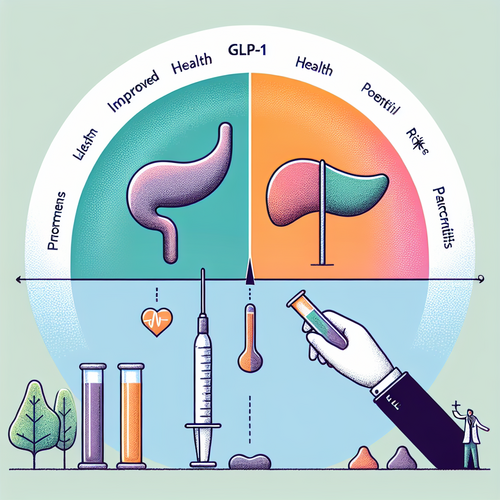Mobile phones have fundamentally transformed how we capture and interact with memories. Once a specialized hobby requiring dedicated equipment, photography is now a ubiquitous daily activity. Our camera rolls are overflowing with moments, big and small, captured with unprecedented ease. But alongside this proliferation of images comes the universal desire to make those captured moments look their best. This is where photo editing, once the domain of complex desktop software, moved onto our devices, evolving from simple filters to sophisticated mobile apps. At the heart of managing this digital deluge for many is Google Photos, a service that has become synonymous with easy storage, organization, and sharing. As Google Photos celebrates a decade of helping us preserve and relive our memories, it’s making a landmark move, one that significantly levels the playing field in mobile photography. The news? Previously exclusive, cutting-edge AI editing features from Google’s own Pixel phones are now finding a new home within the redesigned Google Photos editor, open to a much wider audience. This isn’t just an update; it’s a democratization of powerful AI tools, signaling a new era for everyday photo enhancement.
So, what exactly does this influx of Pixel’s AI magic entail? The redesigned editor brings features like ‘Magic Editor’ and ‘Magic Eraser’ – names that almost sound like they belong in a fantasy novel, but whose capabilities are grounded in sophisticated artificial intelligence. Magic Eraser, perhaps the more widely known, allows users to effortlessly remove unwanted objects or distractions from their photos, be it a photobomber in a scenic shot or an unsightly bin ruining a perfect composition. It’s a task that previously required careful cloning or content-aware filling in desktop software, now achievable with a few taps. Magic Editor takes things a step further, enabling more complex edits like repositioning subjects, changing skies, or filling in missing details, all guided by AI. Alongside these, the editor introduces AI-powered editing suggestions. Instead of trawling through menus, the app intelligently analyzes your photo and proposes specific edits tailored to its content – perhaps suggesting enhancing the background, brightening the subject, or applying a specific style. There’s also the intriguing ‘AI Enhance’ mode, promising quick, intelligent overall improvements. These tools fundamentally change the editing workflow, moving from manual adjustments to AI-assisted transformation, making powerful edits accessible even to those with minimal editing knowledge.
The decision to bring these formerly Pixel-exclusive features to a broader user base within Google Photos is strategically significant. For years, Google positioned these advanced AI capabilities as key differentiators for its Pixel hardware. Now, they are decoupling the software magic from the specific device, opening it up to potentially billions of Google Photos users across different platforms. This move allows Google to showcase the power of its AI capabilities to a much larger audience, reinforcing Google Photos’ position as a leading photo management and editing platform. It democratizes sophisticated editing, making tools once limited to flagship phone owners or users of professional software available to almost anyone with a smartphone and the Google Photos app. This could reshape user expectations for mobile photo editing and intensify competition among smartphone manufacturers and app developers, pushing the boundaries of what’s possible with on-device or cloud-assisted AI processing. It signals Google’s confidence in its AI infrastructure and its desire to make Google Photos an indispensable tool for everyone, regardless of their device.
While the accessibility of these powerful AI tools is undoubtedly exciting, their widespread availability also prompts some interesting questions. Will the ease of use lead to a proliferation of overly edited, perhaps even generic-looking photos? As AI suggests edits, does it subtly steer users towards certain aesthetics, potentially stifling individual creative expression? There’s also the ‘black box’ nature of some AI processes – users see the result, but the underlying algorithmic decisions remain opaque. Furthermore, bringing these features to a wider array of devices and processing power levels might present technical challenges, potentially leading to variations in performance or feature availability, as hinted by the staggered rollout. Privacy considerations also come into play; while Google emphasizes on-device processing where possible, the nature of some complex AI tasks might require cloud processing, raising questions about data handling and security for a global user base.
In celebrating its tenth anniversary, Google Photos isn’t just looking back; it’s making a bold statement about the future of photo management and editing. By bringing its most advanced AI-powered editing tools beyond the confines of its own hardware, Google is significantly lowering the barrier to creating stunning, professional-looking images. This democratizes powerful capabilities, enabling more people than ever to effortlessly enhance their photos and tell their stories more vividly. The redesigned editor, armed with Pixel’s AI magic, positions Google Photos not just as a place to store memories, but as a dynamic creative hub. As AI continues to integrate itself into our creative workflows, this move by Google Photos is a powerful example of how technology can empower individuals. It leaves us with a compelling thought: as AI makes it easier than ever to perfect our visual records, how will this newfound power influence the way we capture, curate, and ultimately remember the moments that make up our lives?
















